Vietnam has recorded 827 species of seaweed, including 88 species of blue-green algae, 412 species of red algae, 147 species of brown algae and 180 species of green algae. Experts say that seaweed not only has high economic value but is also a plant with "super nutrition, super food" value, considered a precious medicine from the ocean.
Great potential but seaweed production is still fragmented
At the conference "Development of mollusc and seaweed production" held in Nam Dinh recently, Associate Professor, Dr. Nguyen Huu Dung - Chairman of the Vietnam Seafarming Association said that seaweed extract contains large amounts of marine minerals such as magnesium, calcium, copper, potassium, selenium, zinc, iodine and iron, low fat, as well as antioxidants, nutrients and fiber, vitamins A, B, C, E, and K, fatty acids and important amino acids necessary for the body...
Therefore, seaweed is very good for tissue regeneration, creating skin elasticity, used in acne creams, anti-aging creams, skin tightening creams, anti-aging creams, anti-inflammatory creams, soothing sensitive skin, irritated by environmental influences.
In Vietnam, according to the Department of Fisheries, in 2024, the seaweed cultivation area will be 16,500 hectares, with an output of 155,000 tons. In our country, there are 827 recorded species of seaweed, of which 88 are blue-green algae, 412 are red algae, 147 are brown algae, and 180 are green algae.
Mr. Dinh Xuan Lap - Deputy Director of the International Cooperation Center for Sustainable Aquaculture and Fisheries (ICAFIS), Vietnam Fisheries Association, said that Vietnamese seaweed has been developed over the past 10 years. According to the orientation from 2025-2030, seaweed output will be increased from 180,000 tons to 500,000 tons/year.
For the coastal area from Thanh Hoa - Binh Thuan , the planting objects will be seaweed, golden thread seaweed, and carrageenan.
For offshore areas such as Quang Ninh, Hai Phong, Phu Yen, Khanh Hoa, Ninh Thuan, Binh Thuan, Ba Ria - Vung Tau, Kien Giang and some localities with favorable natural conditions will focus on raising carrageenan and imported varieties.
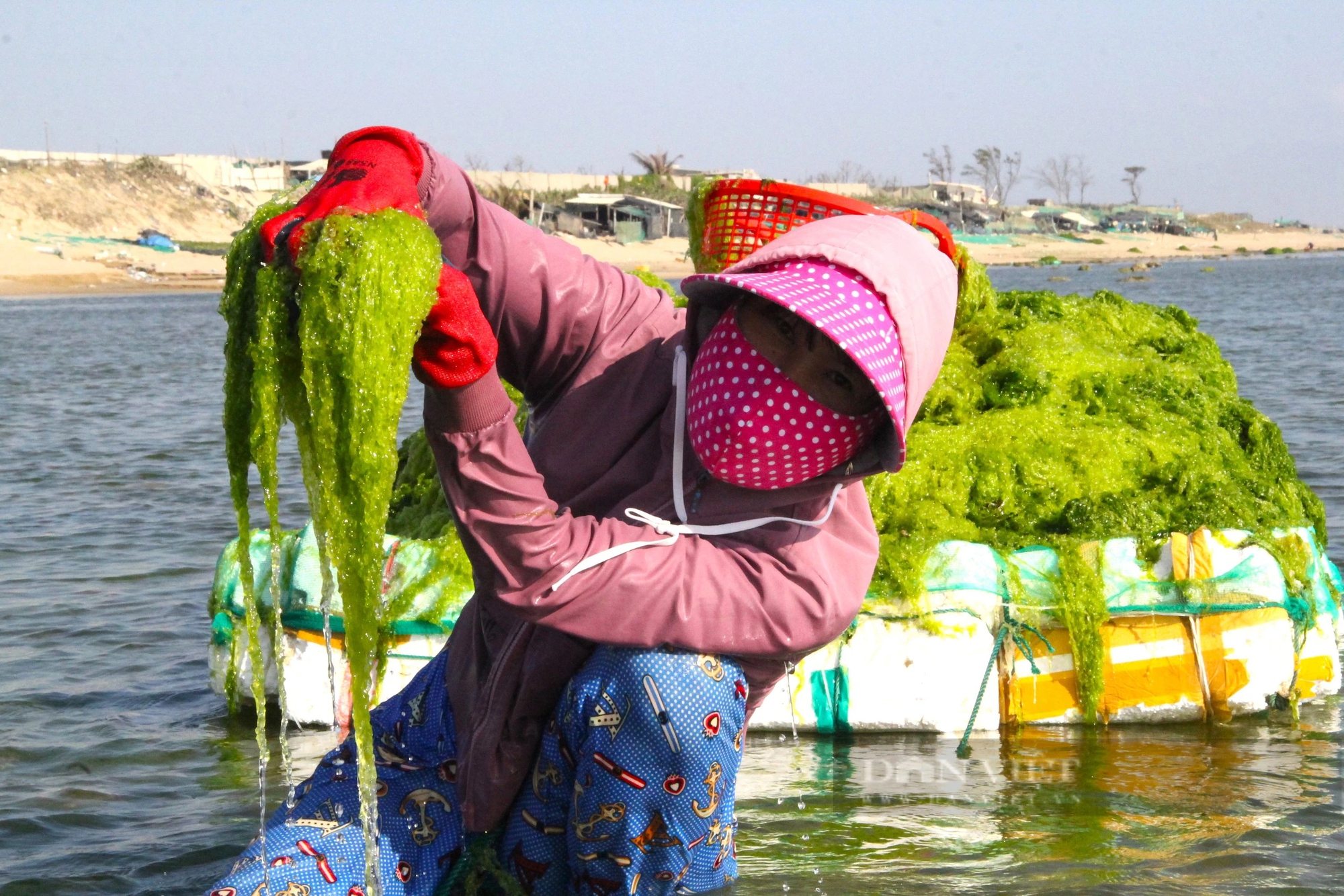
Ms. Nguyen Thi Be Dong (in Tu Thien village, Phuoc Dinh commune, Thuan Nam district, Ninh Thuan province) exploits seaweed at the local coastal reef. Photo: Duc Cuong
According to Deputy Minister of Agriculture and Rural Development Phung Duc Tien, the Ministry will coordinate with provinces and cities to focus on developing and promulgating regulations, standards, technical norms, and specific production processes for production activities and product quality as a basis for managing, organizing production, and trading of mollusks and seaweed.
Although Vietnam has the potential and advantages to develop seaweed cultivation, according to Mr. Lap, farming, processing and consumption of products are still spontaneous and have not formed a chain link, so the price of raw seaweed is still low and unstable.
Seaweed from households is currently mainly sold through traders (accounting for over 90%), while direct sales to manufacturing enterprises account for a very small proportion, most of which is purchased by Long Hai Company, JapiFoods, Tri Tin, Khanh Hoa Salanganes Nest...
According to Mr. Lap, not many businesses are currently participating in the seaweed production segment, especially processed products.
"Raw seaweed for production of enterprises still mainly comes from imported sources, domestic seaweed is still limited because seaweed grown in Vietnam has low output, uneven quality, and low selling price (partly due to unstable quality).
Vietnamese consumers do not yet fully understand the value of seaweed, not many people like to use seaweed or can stand the fishy smell of seaweed" - Mr. Lap said.
Ms. Le Hang - Director of Communications of Vietnam Association of Seafood Exporters and Producers (VASEP), said that the global market size is growing strongly, expected to reach 5.56 billion USD in the period 2023-2028 with a compound annual growth rate (CAGR) of 7.22%. Regarding export turnover in 2023, Vietnam's seaweed only reached 5,563 USD, the main markets include Canada, Indonesia, Taiwan, and Japan.
"Overall, it is still very modest and unstable" - Ms. Hang assessed.
Building a closed chain for the seaweed industry
According to Mr. Tran Anh Dung - Permanent Vice Chairman of Nam Dinh Provincial People's Committee, seaweed is currently only a by-product of local aquaculture, with an annual output of more than 4,000 tons of fresh seaweed (mainly yellow seaweed harvested by aquaculture farmers from canals, water ponds, shrimp ponds...).
"Currently, the mollusk and seaweed production industry in Nam Dinh is still facing many difficulties, and needs special attention from central ministries and branches to reorganize production, invest in infrastructure, promote research to improve seed quality, contributing to the sustainable development of the mollusk and seaweed farming industry in the direction of constantly improving product value, expanding consumption markets, especially for export markets" - Mr. Dung proposed.
Mr. Do Linh Phuong, CEO and founder of DBLP Company (Tuy An district, Phu Yen province) - a business specializing in developing seaweed from seed production to organizing raw material areas - said that seaweed will be the foundation for sustainable aquaculture development due to its outstanding advantages such as a nutritious food source that is good for human health.
This is a sustainable, environmentally friendly crop (fast growing, 2 harvests/year, growth rate 5 times faster than any known plant on land; uses only sunlight and seawater; no need for fertilizer when grown at sea; reduces ocean pollution, accumulates CO2 in the ocean into biomass).
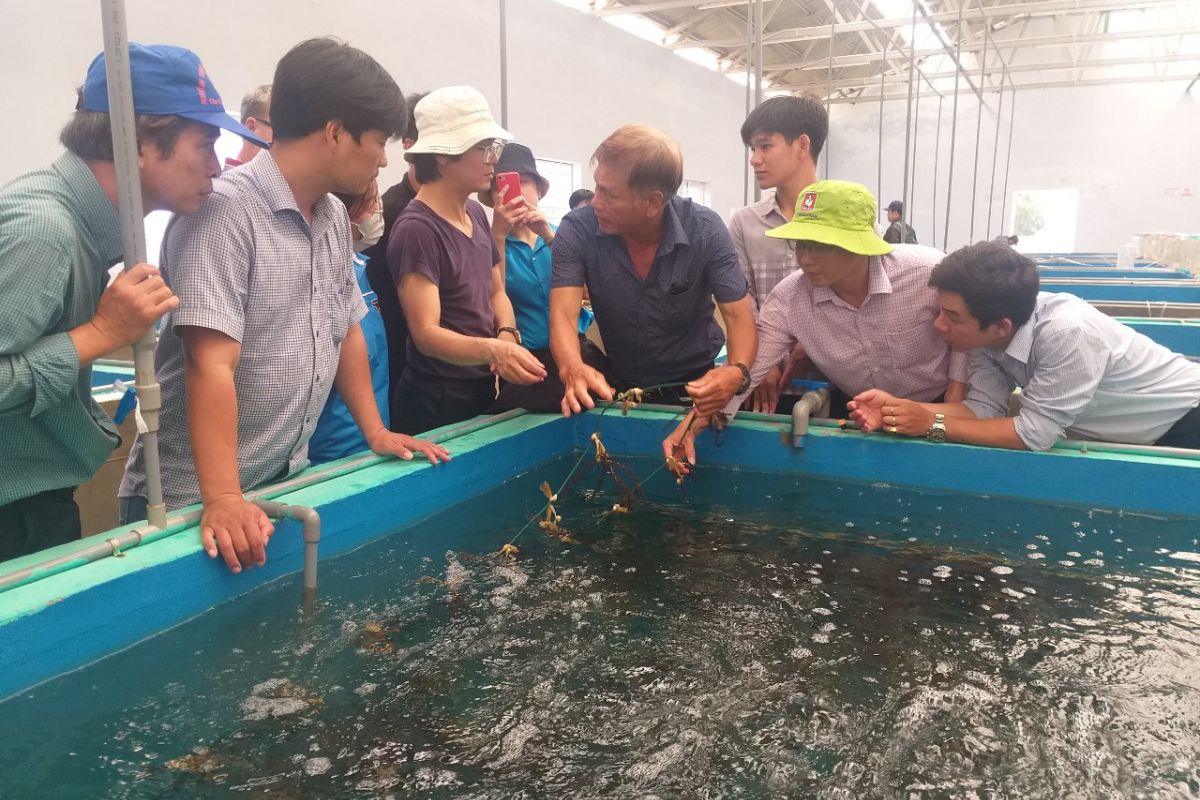
Mr. Do Linh Phuong, Director of DPLB Company (wearing a hat, 3rd from left), introduced and disseminated knowledge and processes from the stages of seed production and seaweed nursery to the Binh Dinh delegation. Photo: Ai Trinh
According to Mr. Phuong, seaweed is a multi-purpose plant with potential in many different industries (used as animal feed, fertilizer, biological enhancer in agriculture; biodegradable materials to replace plastic and plastic products; biomass energy).
Seaweed is also adaptable and has the ability to be domesticated to suit environmental conditions.
Mr. Phuong said that seaweed cultivation in the past was ineffective because at that time Vietnam did not have seaweed varieties. People often cut the sprouts from seaweed grown in one crop to carry on to the next crop. The varieties were mainly exploited from nature, so they often contained pathogens and were of poor quality.
"Now that tissue culture seaweed has been produced domestically, the origin of the variety has been selected, so growing seaweed is much more convenient.
DBLP Company’s seaweed seed production facility alone can produce 1-3 million seedlings each year, enough to supply the demand for seaweed cultivation nationwide. Every day we cut about 20,000 seaweed sprouts for tissue culture.
These sprouts are put into the lab for several months of processing before being released. 1 ton of seaweed sprouts put into the sea must yield 30 tons of commercial seaweed to be effective" - Mr. Phuong said.
To promote seaweed cultivation in Vietnam, Mr. Dinh Xuan Lap said that it is necessary to build a closed chain model linking "Seedlings - Growing areas - Production - Trade - Consumption system".
Promote responsible business in the chain to share value, creating motivation for people to be willing to grow seaweed.
Applying high technology - extraction technology to obtain valuable nutrients from seaweed, as well as overcome the weakness of seaweed's fishy smell. At the same time, continue to research and apply high technology in processing seaweed into medicine, bioplastics, and food additives.
In addition, Mr. Lap said that it is necessary to propagate to raise consumer awareness about seaweed; Develop high-value products associated with market demand; Link value chains with growing areas of people and businesses to share benefits and values, from which people will be willing to grow and develop seaweed.
Director of the Department of Fisheries Tran Dinh Luan said that currently, the market demand for seaweed is very large, however, production conditions are still limited. In order to increase the value of the product, he said that it is necessary to plan and reorganize the industry in a systematic way, avoiding spontaneous development.
"In Van Don, the combination of seaweed and oyster farming has improved the living environment and brought stable livelihoods to the people. The seaweed buffer zone not only protects clam beds but also creates products with high economic value. The marine farming project has now been implemented, in which seaweed is a priority due to its low investment cost, safety and large market demand," said Mr. Luan.
Source: https://danviet.vn/cay-sieu-thuc-pham-la-luot-duoi-bien-viet-nam-lon-nhanh-vo-dich-do-la-cay-gi-ma-tiem-nang-lon-20241230161710707.htm




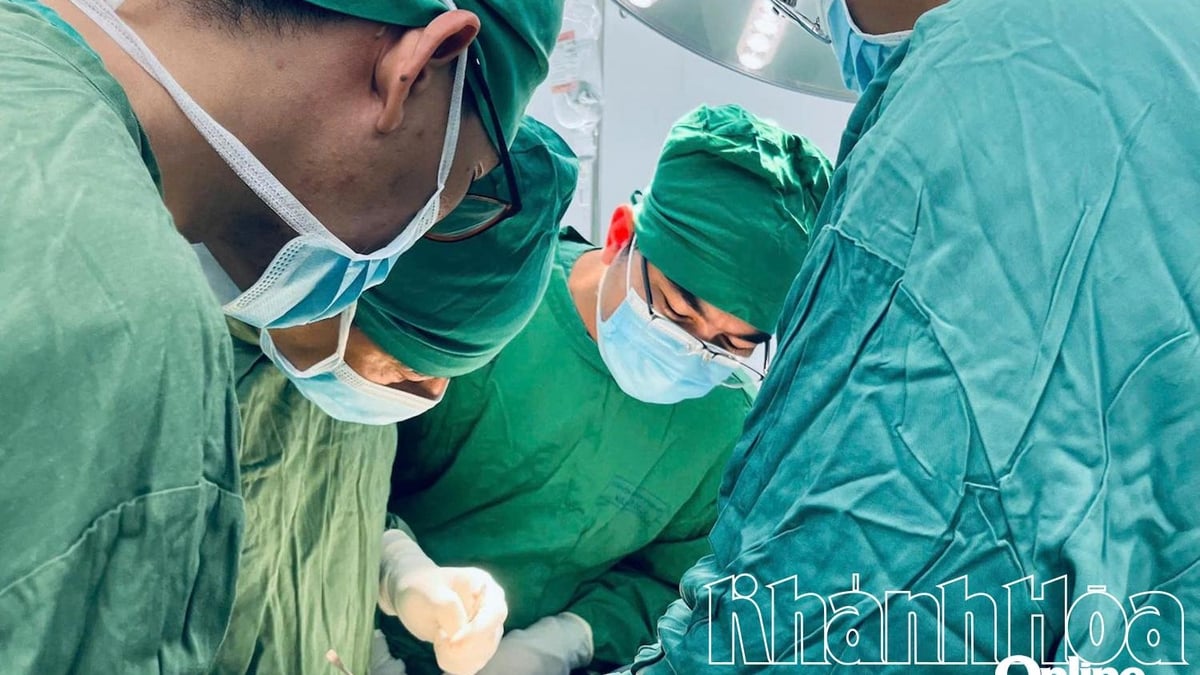

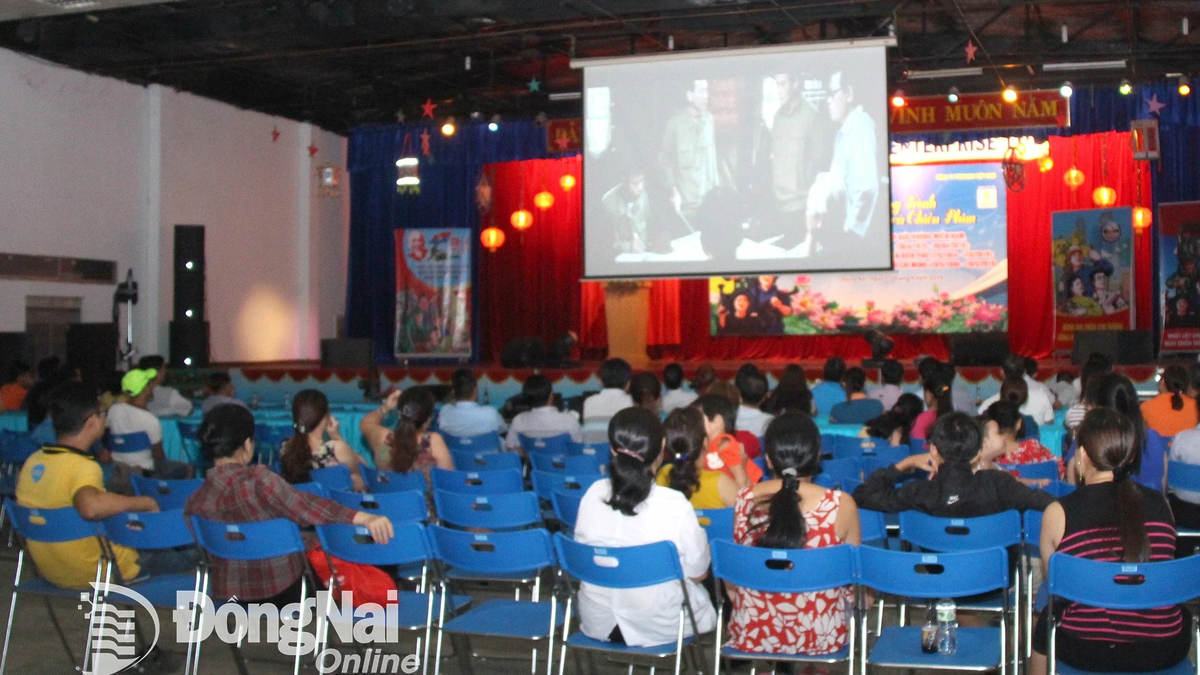



















































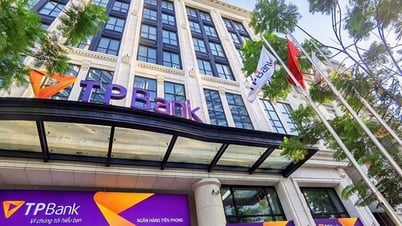

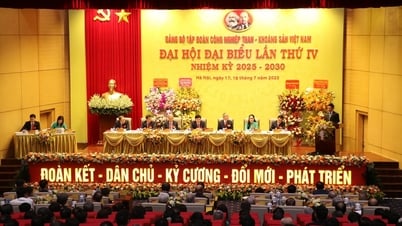
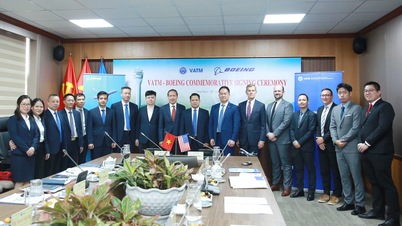



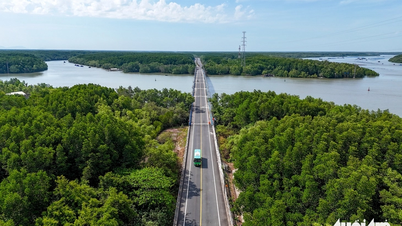
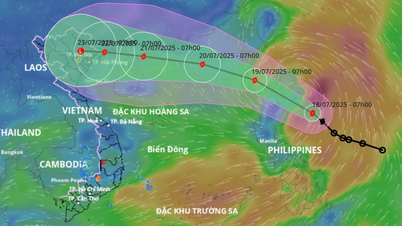
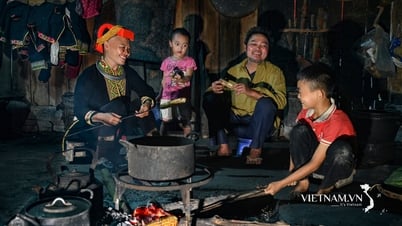


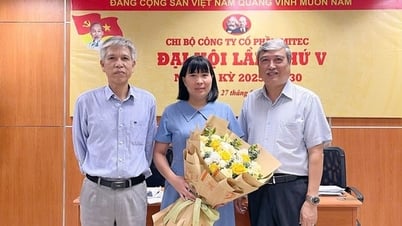


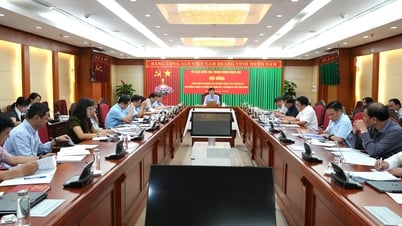



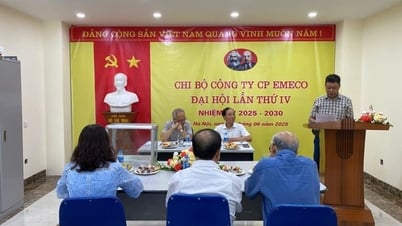
















![[Infographic] In 2025, 47 products will achieve national OCOP](https://vphoto.vietnam.vn/thumb/402x226/vietnam/resource/IMAGE/2025/7/16/5d672398b0744db3ab920e05db8e5b7d)





Comment (0)